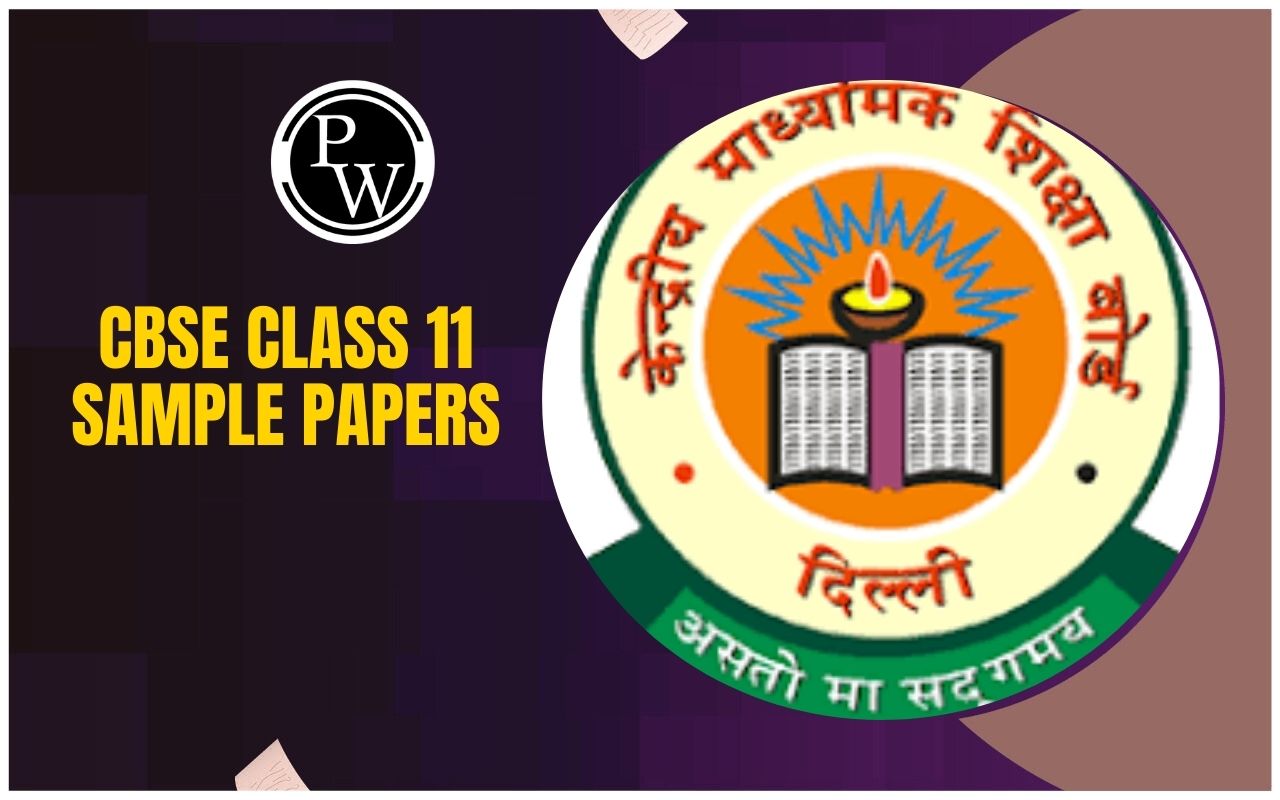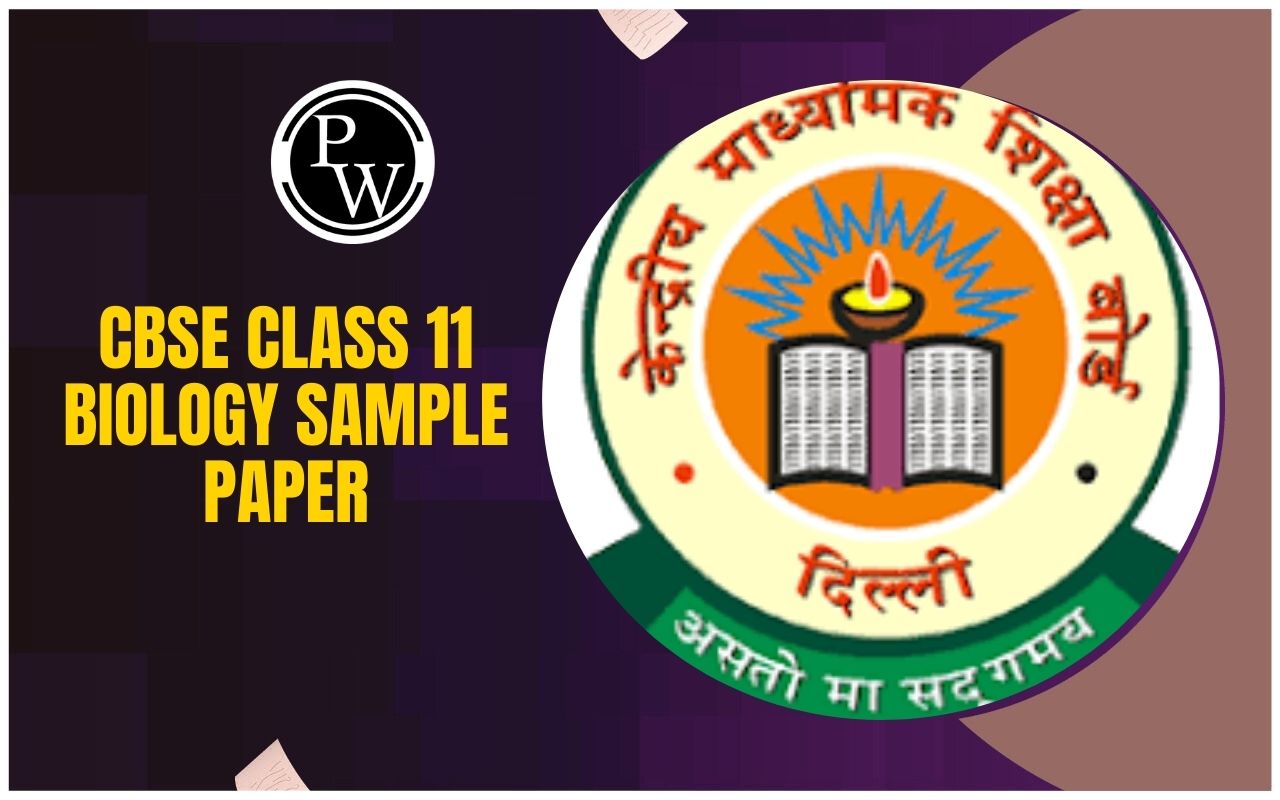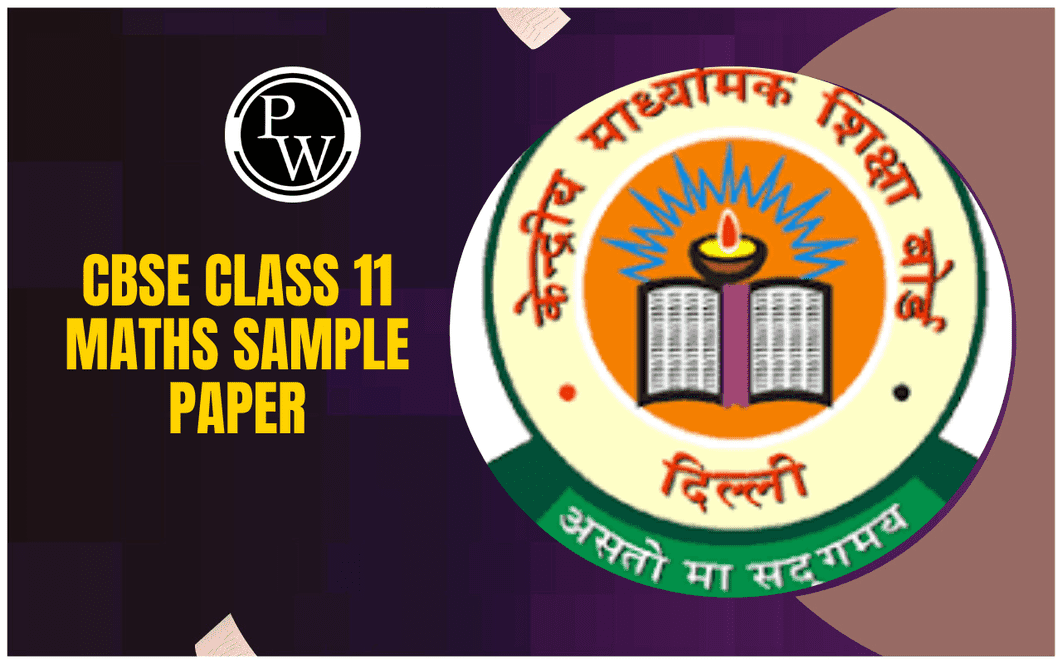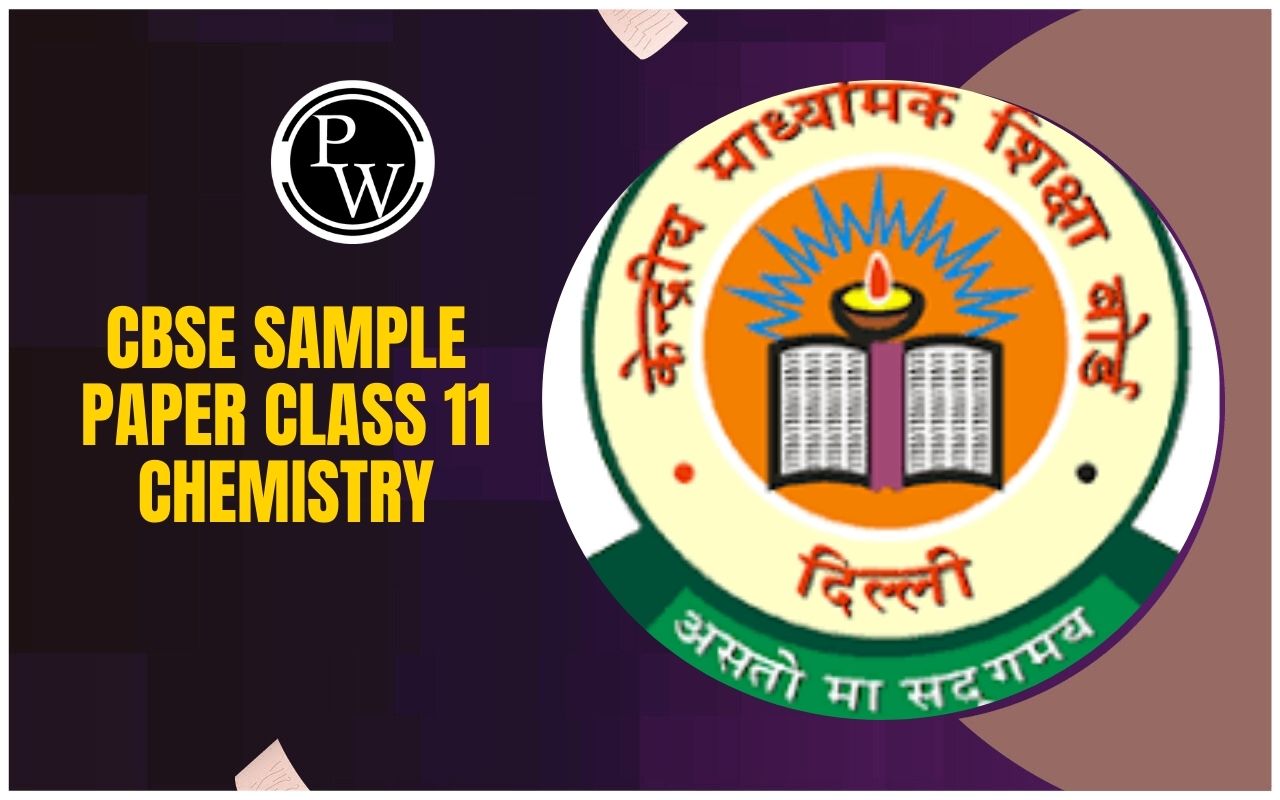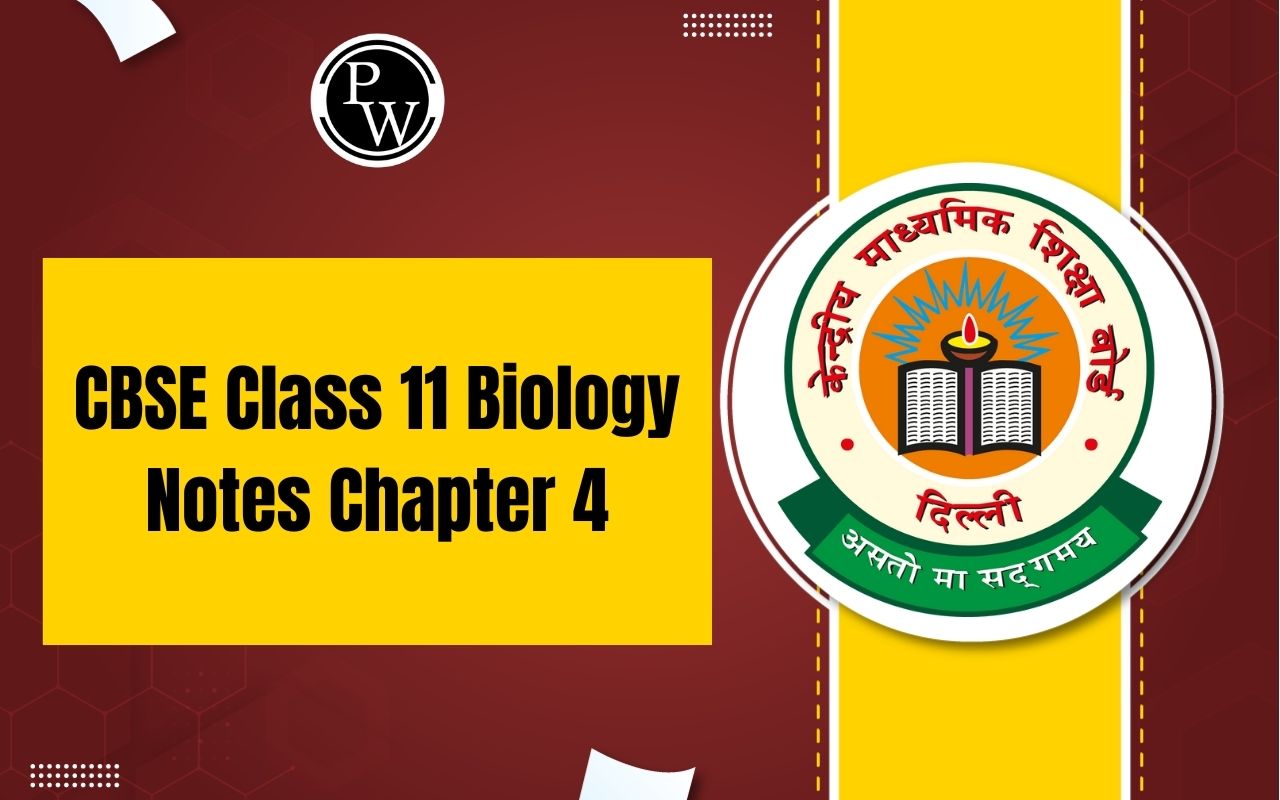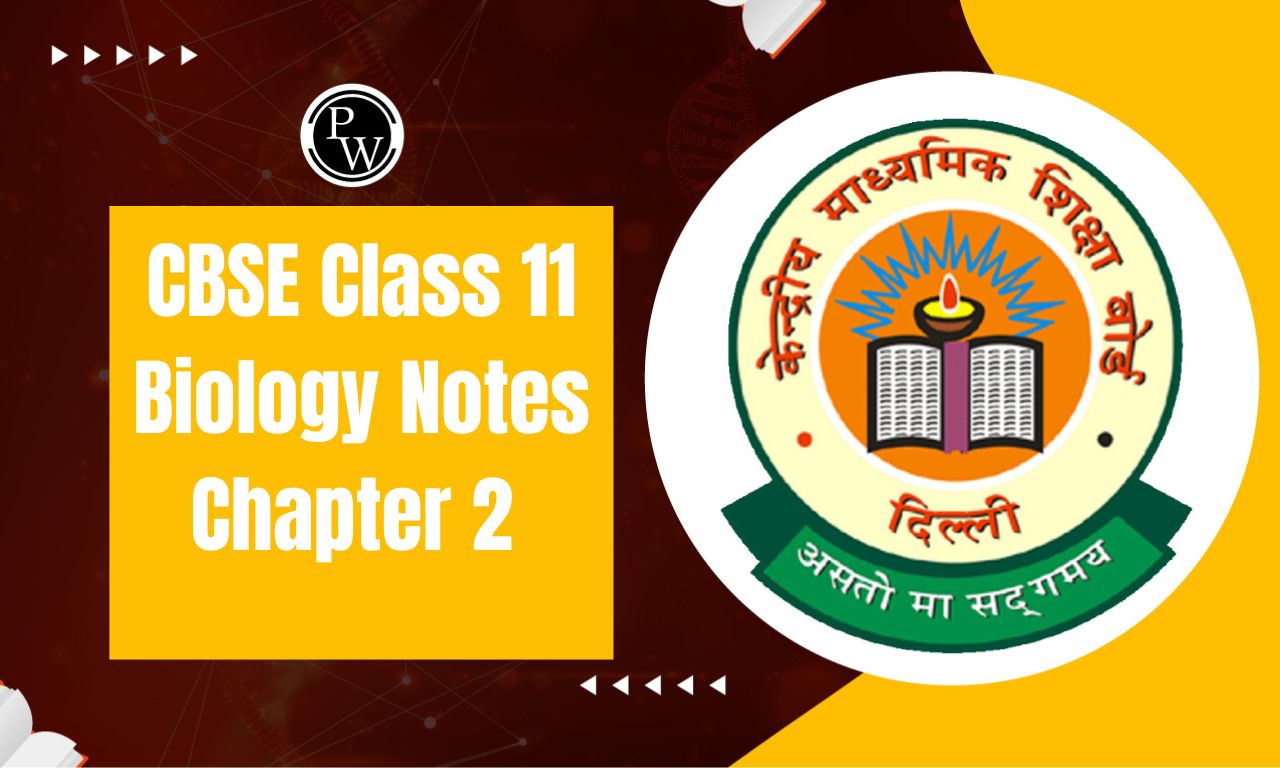
NCERT Solutions for Class 11 Biology Chapter 6: NCERT Solutions for Class 11 Biology Chapter 6 Anatomy of Flowering Plants focuses on the internal structure and organization of plants. The chapter explains the types of tissues in plants, such as meristematic and permanent tissues, and their role in plant growth.
It covers various plant organs like roots, stems, and leaves, highlighting their anatomical features and functions. This chapter helps students understand how plant structures are adapted to their functions, aiding in the study of plant physiology and development. The solutions provide detailed explanations, making complex concepts easier to grasp.NCERT Solutions for Class 11 Biology Chapter 6 Overview
NCERT Solutions for Class 11 Biology Chapter 6 Anatomy of Flowering Plants provides a comprehensive overview of the structure and organization of plants. The exercise in this chapter focuses on helping students understand the internal structure of plant organs like roots, stems, and leaves. It covers the anatomy of different plant tissues, such as meristematic and permanent tissues, and explains their roles in growth and development. The exercise questions are designed to test students’ understanding of the following:- Plant Tissues: The differentiation of meristematic tissues into permanent tissues like parenchyma, collenchyma, sclerenchyma, and vascular tissues.
- Root, Stem, and Leaf Structure: The detailed structure of these organs, including their vascular bundles, epidermis, cortex, and other specialized tissues.
- Functions: The relationship between the anatomical structure of plant organs and their functions, such as transport, support, and photosynthesis.
- Identification of Plant Tissues: Identifying and labeling different tissues using diagrams and understanding their significance in plant growth.
NCERT Solutions for Class 11 Biology Chapter 6 Question Answers PDF
Class 11 Biology Chapter 6 Questions and Answers PDF
NCERT Solutions for Class 11 Biology Chapter 6 Anatomy of Flowering Plants
Here are the NCERT Solutions for Class 11 Biology Chapter 6 Anatomy of Flowering Plants.Q.1. State the location and function of different types of meristems.
Answer-
Meristems are tissues responsible for plant growth, and they are classified into three types based on their location and function:Apical meristem : Found at the tips of roots and shoots, responsible for the growth in length of the plant.
Intercalary meristem : Located at the base of leaves or internodes, helps in the elongation of these parts.
Secondary meristem : Found in the periphery of roots and stems, involved in the thickening of plant parts.
Q.2. Cork cambium forms tissues that form the cork. Do you agree with this statement? Explain.
Answer-
Yes, cork cambium (also known as phellogen) is responsible for forming cork tissues. As the plant grows, cork cambium forms new cells. The outer cells develop into the cork (phellem), while the inner cells become the secondary cortex (phelloderm). The cork is impermeable to water, protecting the plant.Q.3. Explain the process of secondary growth in the stems of woody angiosperms with the help of schematic diagrams. What is its significance?
Answer-
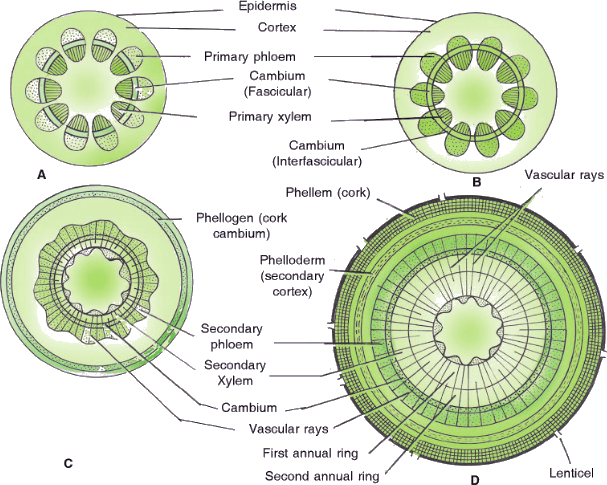 Secondary growth occurs due to the activity of the vascular cambium. It forms secondary xylem and phloem, increasing the girth of the plant. The cambium produces secondary xylem (wood) towards the inside and secondary phloem towards the outside. This growth is significant as it supports the plant structurally and increases its capacity to transport water and nutrients.
Secondary growth occurs due to the activity of the vascular cambium. It forms secondary xylem and phloem, increasing the girth of the plant. The cambium produces secondary xylem (wood) towards the inside and secondary phloem towards the outside. This growth is significant as it supports the plant structurally and increases its capacity to transport water and nutrients.
Q.4. Draw illustrations to bring out the anatomical difference between:
Answer:
(a) Monocot root and Dicot root :- Monocot root : Vascular bundles are scattered.
- Dicot root : Vascular bundles are arranged in a central cylinder.
Monocot stem : Vascular bundles are scattered without a defined arrangement.
Dicot stem : Vascular bundles are arranged in a circle or ring.
Q.5. Cut a transverse section of the young stem of a plant from your school garden and observe it under a microscope. How would you ascertain whether it is a monocot stem or a dicot stem?
Answer:
Monocot stems can be identified by scattered vascular bundles, while dicot stems have vascular bundles arranged in a ring. Additionally, dicot stems show an open vascular bundle, while monocot stems have closed bundles.Q.6. The transverse section of a plant material shows the following anatomical features: (a) the vascular bundles are conjoint, scattered, and surrounded by sclerenchymatous bundle sheaths. (b) Phloem parenchyma is absent. What will you identify it as?
Answer:
Based on the features described, this section would belong to a Monocot stem . The scattered, conjoint vascular bundles and absence of phloem parenchyma are typical characteristics of monocots.Q.7. Why are the xylem and phloem called complex tissues?
Answer:
Xylem and phloem are considered complex tissues because they are composed of multiple cell types that work together. Xylem consists of tracheids, vessels, and fibers, while phloem consists of sieve tubes, companion cells, and phloem parenchyma.Q.8. What is the stomatal apparatus? Explain the structure of stomata with a labelled diagram.
Answer:
The stomatal apparatus controls gas exchange and water loss in plants. It consists of two guard cells that regulate the opening and closing of the stomatal pore. The guard cells have chloroplasts and are responsible for the stomatal function, while surrounding subsidiary cells support the guard cells.Q.9. Name the three basic tissue systems in flowering plants. Give the tissue names under each system.
Answer:
Epidermal tissue system : Includes epidermis and epidermal appendages like guard cells, root hairs, and glandular hairs.
Ground tissue system : Comprised of simple tissues such as parenchyma, collenchyma, and sclerenchyma.
Vascular tissue system : Contains complex tissues like xylem, phloem, and vascular cambium.
Q.10. How is the study of plant anatomy useful to us?
Answer:
The study of plant anatomy is useful to us in several ways:- Understanding Plant Adaptations : By studying plant anatomy, we can understand how plants adapt to different environmental conditions, such as extreme climates, droughts, or high altitudes. This helps in improving plant cultivation practices and managing crops more effectively.
- Identification of Plant Species : Plant anatomy is crucial in identifying different plant species, especially monocots, dicots, and gymnosperms. This knowledge is useful for classification, conservation, and botanical research.
- Crop Improvement : The study of plant anatomy helps in understanding the physiological processes within plants, such as nutrient transport and photosynthesis. This aids in crop breeding and improvement, helping to increase agricultural productivity and food security.
- Commercial Use of Plant Products : Plant fibers, such as jute, flax, and cotton, have significant commercial value. Analyzing the anatomical structure of these fibers helps in understanding their strength and other properties, which is important for industries such as textiles and paper production.
- Medical and Pharmaceutical Applications : The anatomy of plants can help in identifying the presence of useful compounds, like medicinal alkaloids, that can be used in the development of drugs and treatments for various diseases.
Q.11. What is periderm? How does periderm formation take place in the dicot stems?
Answer:

Periderm is the protective tissue that replaces the epidermis in plants during secondary growth. It consists of three main components:
- Phellogen (Cork Cambium) : A meristematic tissue that produces the other two components of the periderm.
- Phellem (Cork) : The outermost layer formed from the cells produced by the phellogen. These cells become suberized, making them impermeable to water and providing protection against mechanical injury and pathogen entry.
- Phelloderm (Secondary Cortex) : The inner layer formed by the phellogen, which consists of parenchyma cells.
Periderm Formation in Dicot Stems:
In dicot stems, during secondary growth, the epidermis and cortical tissues are often broken due to the expanding girth of the plant. To replace these layers, a new meristematic tissue called cork cambium (phellogen) is formed from the outer cortex cells. The cork cambium divides and forms new cells on both sides:- Outer cells differentiate into cork (phellem), which contains suberin, making it water-resistant.
- Inner cells differentiate into phelloderm, which is composed of parenchymatous cells that help in storage and provide structural support.
Q.12. Describe the internal structure of a dorsiventral leaf with the help of a labelled diagram.
Answer:
A dorsiventral leaf has two distinct surfaces:Epidermis : The upper epidermis is thicker and has fewer stomata, while the lower epidermis has more stomata.
Mesophyll : The tissue between the two epidermal layers, consisting of palisade parenchyma (tightly packed cells for photosynthesis) and spongy parenchyma (loose cells for gas exchange).
Vascular system : Vascular bundles in the leaf are conjoint and closed, surrounded by bundle sheath cells.
NCERT Solutions for Class 11 Biology Chapter 6 FAQs
What is the anatomy of flowering plants?
What is the function of meristematic tissues?
What is the role of vascular tissue?
What is secondary growth in plants?
What are stomata and what is their function?


